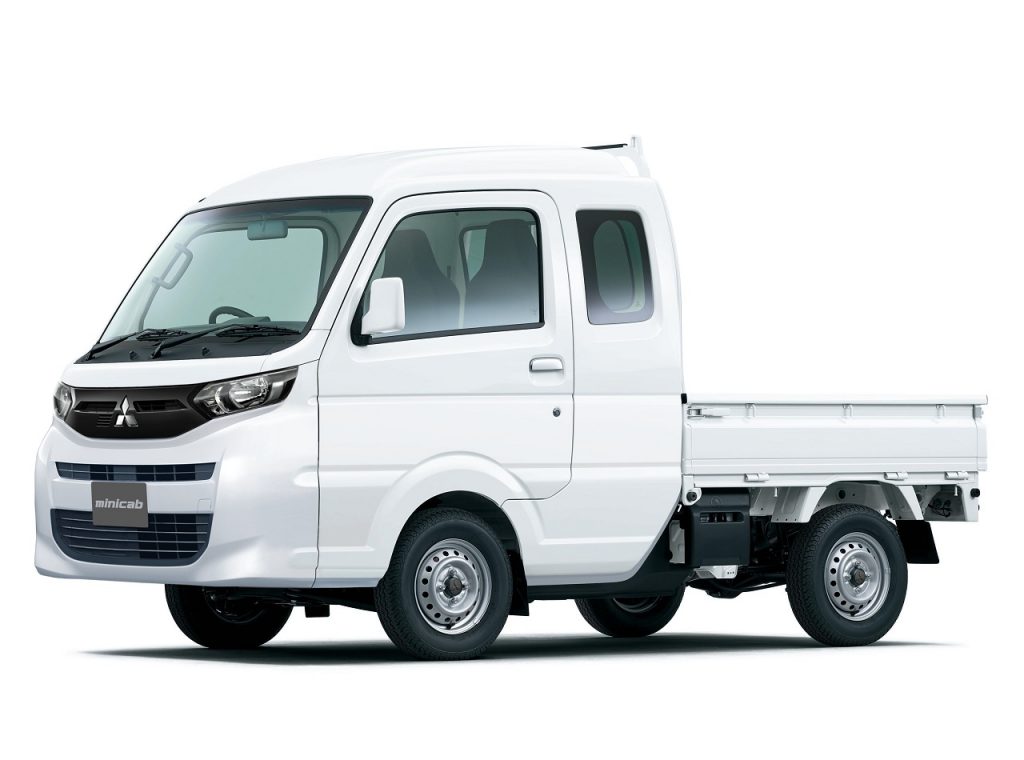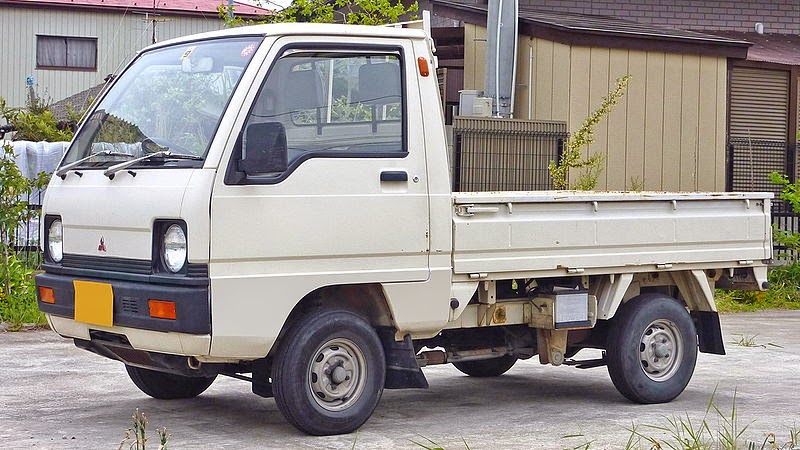Produced in the 1960s to now, the Mitsubishi Minicab Kei Truck is in its sixth generation. The vehicle has established itself as a prime choice for both rural and urban use. This is primarily because of its small size. Able to navigate even the smallest of spaces, the Mitsubishi Minicab Kei Truck offers solutions that full-sized trucks cannot solve. Which generation is right for you? Is it the older generation or the new? Read on to find more about the older generation, the 80s and 90s, and the current sixth generation.

The older generation of Mitsubishi Mini Kei Truck
The older generation of Mitsubishi Minicab Kei Truck includes the first, second, and third generations. In 1966, the minicab pickup was introduced into the market. This had a two-stroke engine. It was small, lightweight, and easy to drive. However, updates were made in 1968. They included the launching of the first Mitsubishi Minicab Kei van. The van’s design kept with the front cab design of the truck, but added to the metal bed covering.
Second generation models were introduced in 1972. The major difference between the first generation models and the second generation model was a new interior and a longer cargo area. Unlike the first generation models, the second generation of the Mitsubishi Minicab Kei Truck was only offered in truck form. The new model included a new suspension system. Also, a standard and drop side bed was added. Second generation models are offered in Standard, Deluxe, and Super Deluxe.
The transitional generation of the third generation
Between the second and the fourth generation, a substantial change occurred in the Mitsubishi Minicab Kei truck. First, there was a larger engine introduced. This was a 471cc as opposed to the older generations. Because it had the 28PS engine. Although there was a change in the second model to include the Mitsubishi MCA technology, the engine did not include a timing belt. The third generation models have timing belts after 1981. Prior to that year, the engine remains as the second generation. With the new Mitsubishi Minicab Kei Truck, there is an increase in horsepower. Yet, it is not just the engine that saw changes. Third generation models included defrosters for the windshield, console boxes, and AC.

The 80s and 90s Mitsubishi Mini Kei Truck
In the 80s, the fourth generation of the Mitsubishi Mini Kei truck was introduced. In the past the changes were primarily focused on the power and performance. With the newer models were oriented more to the leisure and enjoyment of the vehicle. This was done by adding features such as angular headlamps, window wipers, and an electronic rear locking gate. The fourth-generation minivans are also the first to offer a sliding sunroom and an available high roof. In terms of the power and performance. There were a few upgrades to the model. Primarily, the fourth generation of the Mitsubishi Mini Kei Truck included options for a supercharged engine.
Increased dimensions and tax regulations factored into the fifth generation model. The fifth generation began in 1991. It offers a larger vehicle. While still conforming to the look and feel of the Mitsubishi Mini Kei Truck, the new model expanded to be more like modern cars. The engine has also been replaced in the fifth generation with a 660 CC engine. With the fifth generation, the high roof has been discontinued.
The sixth generation, or the U60 series
The current model of the Mitsubishi Mini Key truck is the sixth generation, also known as the U60 series. This series has many features which are not seen in the previous models. First, you notice that there is a rounder and a sleeker design to the front end. The trim is offered in various packages, all of which have around design. Features on the trim vary and include:
- TL – an automatic transmission option and air conditioning.
- TD- is the base trim option and offers power steering and an AM radio
- TS – considered the entry level trim and has been approved as an imported vehicle for off road use.
Because of this, keep in mind that the off-road use may be waived in certain states depending upon the intended use. For example, Kei trucks can be used in the state of Georgia if the vehicle is intended for agricultural use. Also, states allow for Kei trucks based on the year in which it was made. Check with your local tax and registration for more information.
More features on the current generation
Apart from the trim options and upgrades to the engine, there are several driving and leisure changes to the Mitsubishi Mini Kei Truck sixth generation. Features on the sixth generation models include power steering, automatic transmission, 4WD, diff lock, driver airbag, passenger airbag, ABS, air conditioning, dump bed, and tailgate lifter.
There is a van version of the sixth generation which is called the Town Box. This minicab conforms to the wagon aesthetic of prior generations while at the same time integrating with modern styles. The van, as with most generations, has sliding doors and high roofs. The current generation has larger headlights and additional safety features.
Which Mitsubishi Minicab Kei Truck should you buy?
Every generation of Mitsubishi Minicab Truck has something unique to the owner. Whether you are looking for a vintage look, or need something small and reliable for your business or personal use, a Kei truck can help. Buyers should note that importing models which are less than 25 years old may prove to be slightly problematic if intended for on road use. Models which are older than 25 years old tend to do well. Therefore, it is recommended that those wishing to import models choosing a Mitsubishi Mini Kei Truck from the first to the fourth generation. If you wish to purchase a Kei truck from the fifth or sixth generation, it is strongly recommended that you check with both your state as well as local tax and registration offices to find the regulations currently in place.
